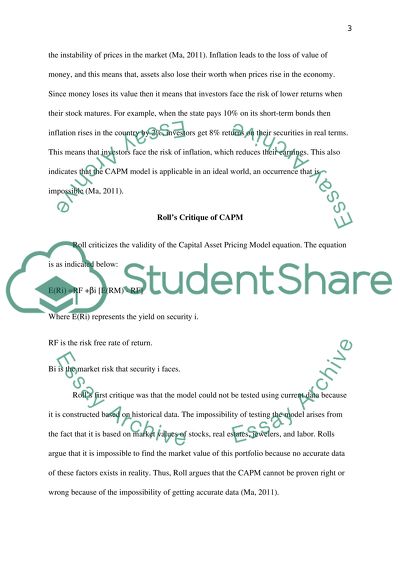Cite this document
(“CAPM Assignment Example | Topics and Well Written Essays - 1000 words”, n.d.)
CAPM Assignment Example | Topics and Well Written Essays - 1000 words. Retrieved from https://studentshare.org/finance-accounting/1494005-capm
CAPM Assignment Example | Topics and Well Written Essays - 1000 words. Retrieved from https://studentshare.org/finance-accounting/1494005-capm
(CAPM Assignment Example | Topics and Well Written Essays - 1000 Words)
CAPM Assignment Example | Topics and Well Written Essays - 1000 Words. https://studentshare.org/finance-accounting/1494005-capm.
CAPM Assignment Example | Topics and Well Written Essays - 1000 Words. https://studentshare.org/finance-accounting/1494005-capm.
“CAPM Assignment Example | Topics and Well Written Essays - 1000 Words”, n.d. https://studentshare.org/finance-accounting/1494005-capm.


